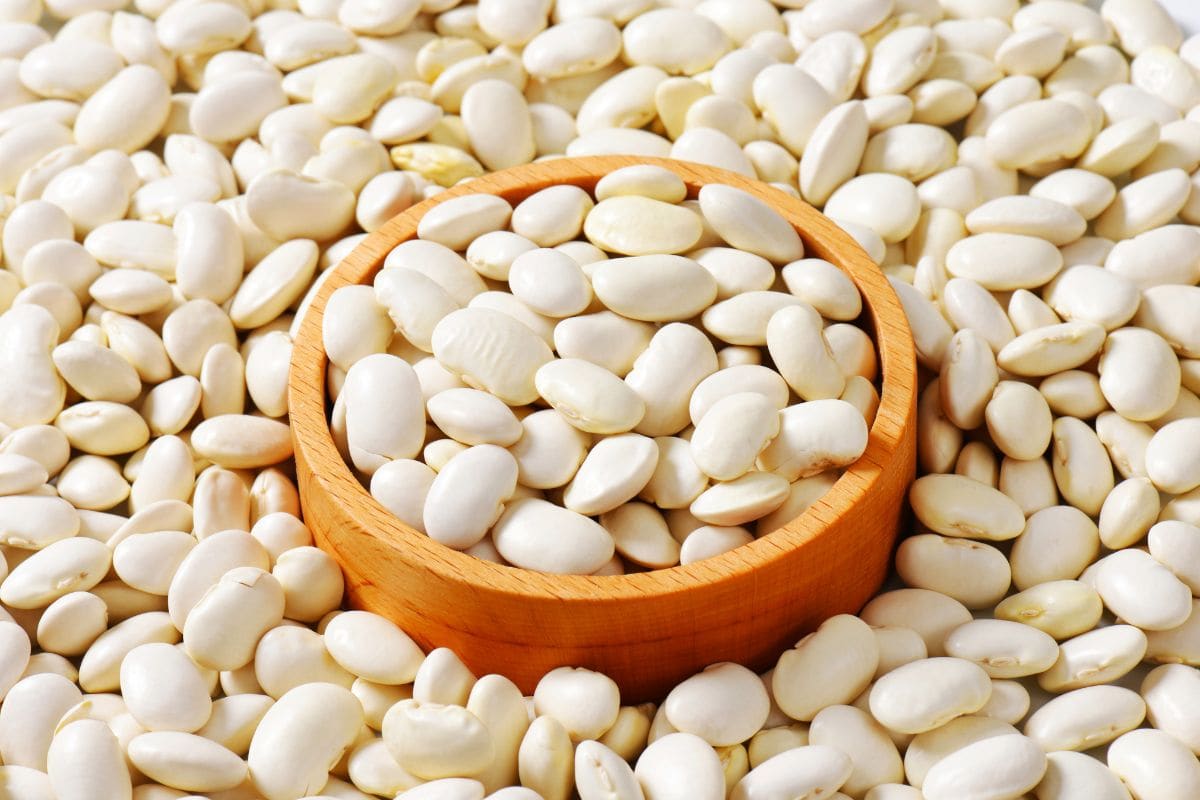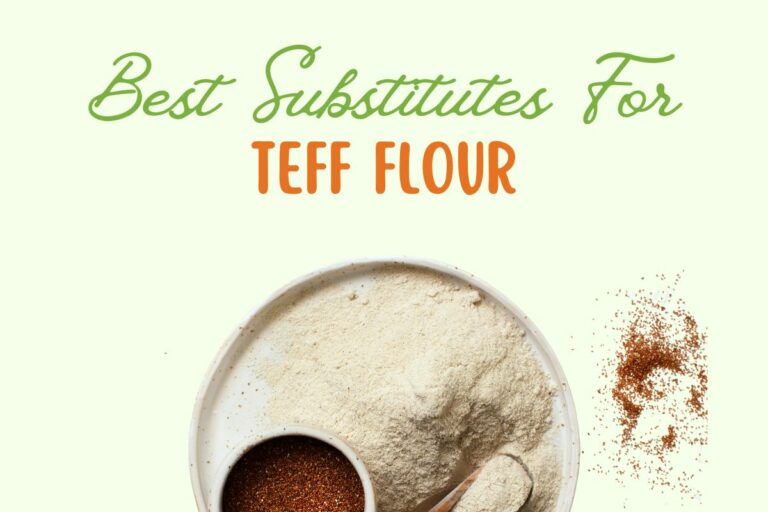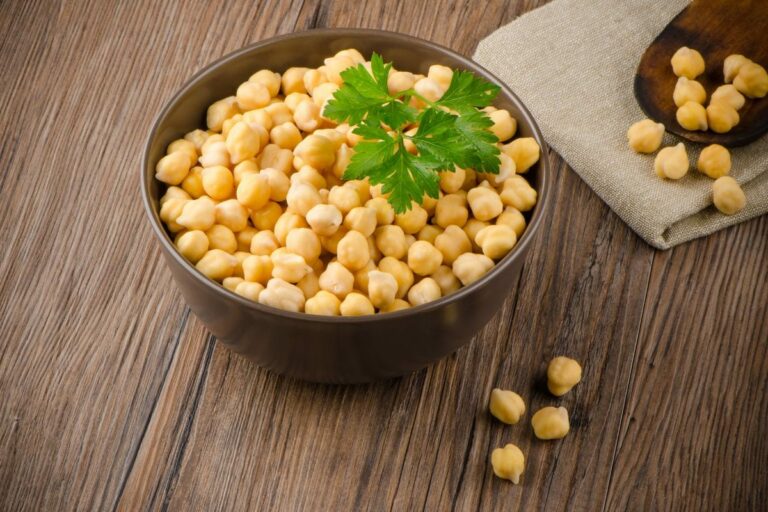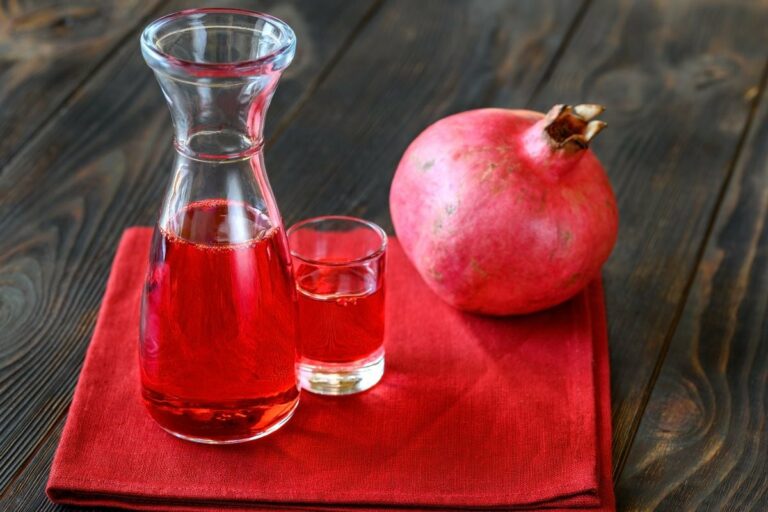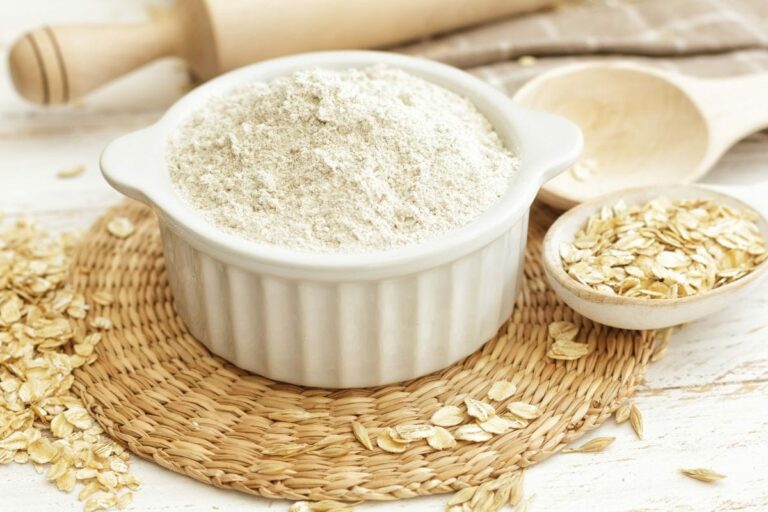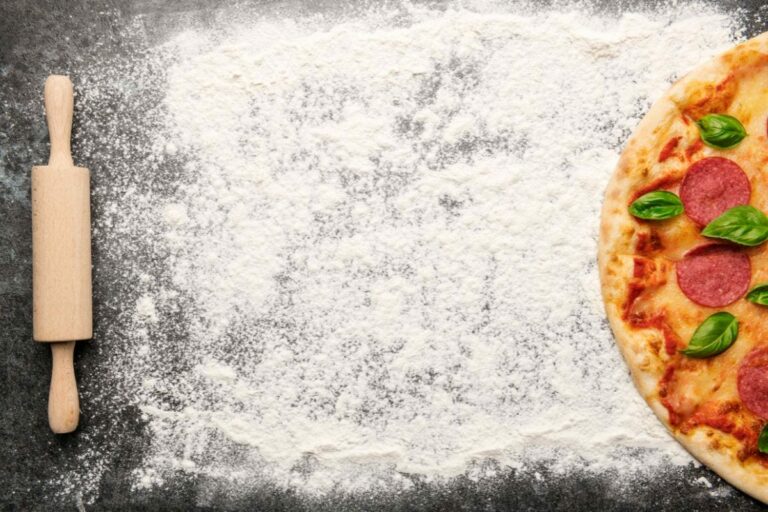The Great Bean Swap: Using the Best Substitutes for Lima Beans in Your Dishes
The name Lima Bean comes from its origins in Lima, Peru. With its proper name “lunatus” meaning “half moon” referring to its shape, it was a staple during the Incan Empire in the Andes region.
Although a good source of iron and protein, the flavor of lima beans is not for everyone. Instead of deterring you from certain recipes that call for them, we wanted to show you the value in replacing them with great alternatives and how that can benefit the cooking process while still keeping the nutrition. There is no need to shy away from a recipe or a dish just because one of the ingredients just isn’t your favorite. Below are some ways to make what you are cooking work for you. Have fun with it, make it your own, and gain some knowledge in the process.
8 Best Lima Bean Substitutes
| Number: | Substitutes: | Ways to use these substitutes: |
| 1 | Navy Beans | Soups with ham, cold salads and white bean chili |
| 2 | Red Kidney Beans | Red beans and rice, kidney bean curry and beef stews |
| 3 | Garbanzo Beans | Homemade hummus, falafel, and Indian curry dishes |
| 4 | Edamame | Steamed and eaten on its own and crispy roasted as a snack |
| 5 | Cannellini Beans | Minestrone soup, white bean stews, and creamy dips |
| 6 | Tofu | Silken tofu in creamy dishes or smoothies Firm tofu in soups, stews, and casseroles |
| 7 | Cauliflower | Oven roasted as a side dish, riced in soups and stews, or pureed as a mashed potato substitute |
| 8 | Quinoa | In soups, stews, casseroles or right alongside beans in most dishes |
1.Navy Beans
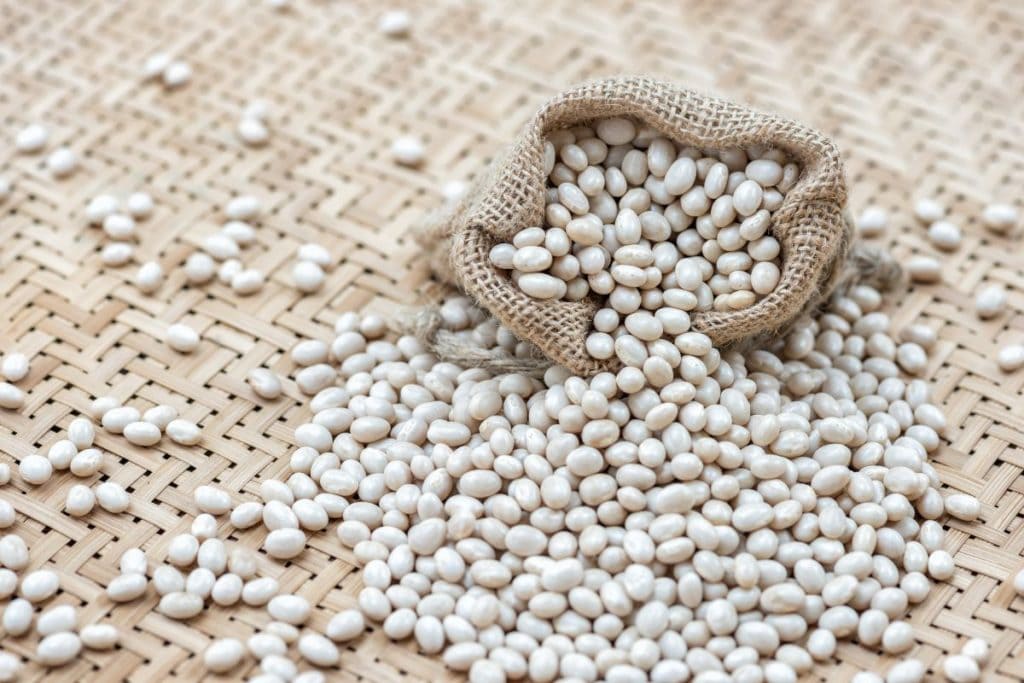
Navy beans, or Boston beans, are a perfect replacement in recipes that call for extra spice or have tomato bases. They are high in fiber and low in cholesterol. They keep that nutty flavor that a lima bean carries while still being a mild addition that won’t draw too much attention in a dish.
Recipes like baked beans or tomato based stews would be ideal to try this replacement out. Their ability to hold up in dishes despite having thin skin and fine texture made them a fixture in the U.S Navy’s diets over the second half of the 19th century.
An excellent source of folate, iron, zinc, magnesium, and calcium, you will absolutely benefit from this substitute in any recipe you try.
2. Red Kidney Beans
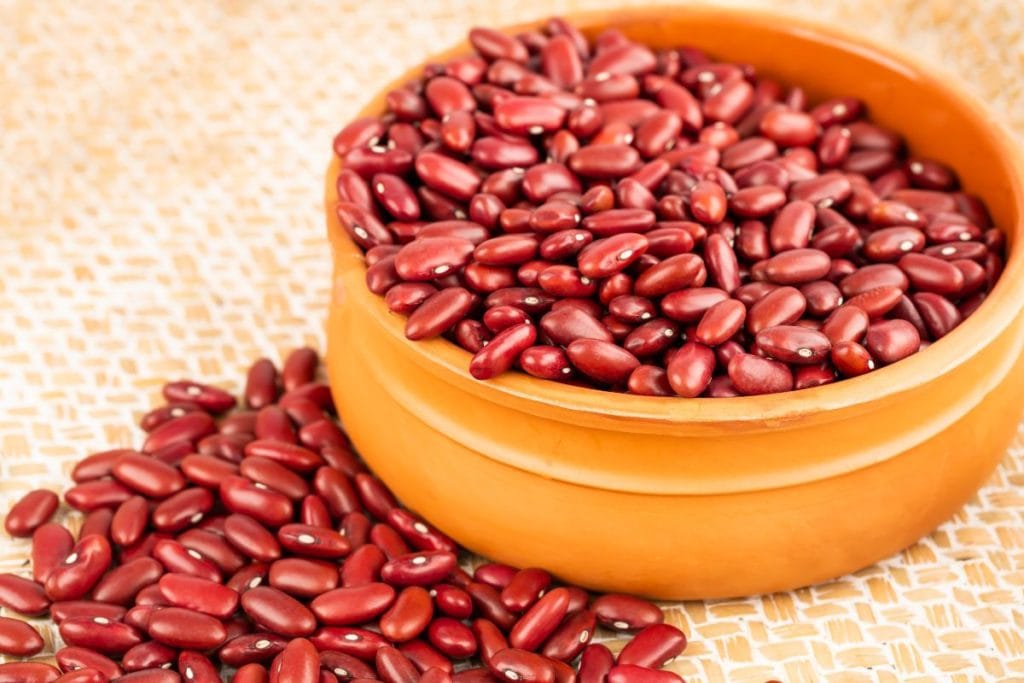
Red Kidney beans are another good choice to keep the nutty flavor while adding additional texture to your dish. Because of the firmness that they carry, substituting them for lima beans in dishes like chili, broth soup such as Italian Bean and Vegetable soup, or any slow cooker recipe that takes hours to finish is a good direction to go.
They are a top choice for plant based protein, naturally lower in fat and high in fiber. The folic acid in Kidney beans is great for your skin and can aid in the formation of new skin cells. The infamous Creole dish, Red Beans and Rice, is made with red kidney beans cooked over the span of 6-8 hours. These beans hold up perfectly and over time become tender and smooth on the inside and keep firm on the outside.
3. Garbanzo Beans
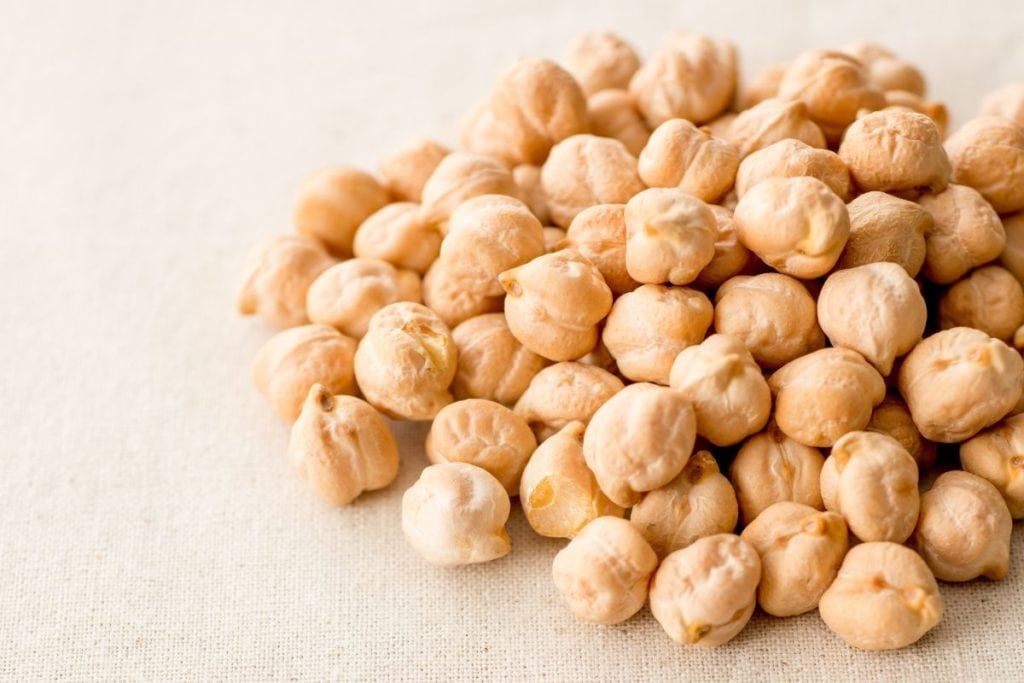
Garbanzo beans or chickpeas can be a suitable replacement in certain situations. While overcooking them is easy to do and will cause your dish to become bitter, taking care in the recipes you add them to is important. Without having an overly powerful flavor, they are best used to complement other ingredients. Hummus, made from olive oil, tahini, garbanzo beans and spices is an example of that.
Chickpeas provide structure and creaminess to the dip while letting the tahini and spices shine. They are great for roasting and making bean salads where they can hold up in a dish. Chickpeas are cholesterol free, high in fiber and protein and naturally low in sodium. One of the earliest cultivated legumes, 9500 year old remains have been found in the Middle East. A key ingredient in the Mediterranean, its popularity expanded dramatically in Indian cuisine. In recent years, India was responsible for 70% of the global chickpea production.
4. Edamame
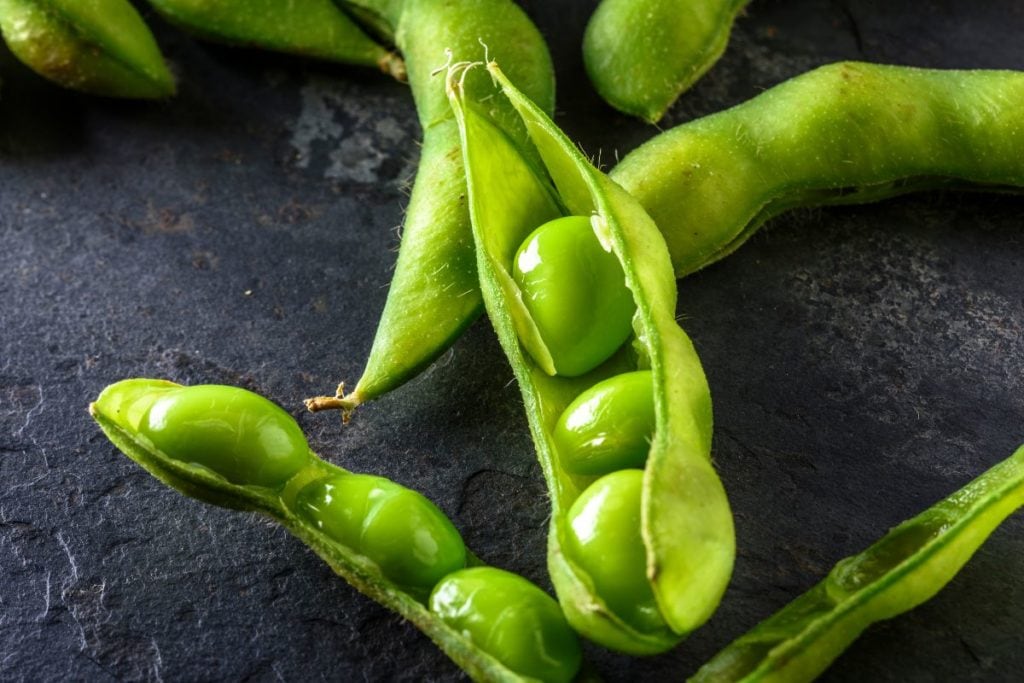
My personal favorite “snacking” beans is Edamame. Technically an immature soybean, they are also called “stem beans” because typically they are sold with the stems still attached. I wouldn’t recommend them for many recipe replacements as they are more of a standalone option.
Nutritionally, if you are looking for an excellent source of protein without calories, this would be the way to go. They can be roasted, steamed, added as a salad topper, or in some cases added to a recipe. For their size, they pack quite the punch in the macronutrient department, balancing your protein, carbohydrate and fat intake in a beneficial way. That is not to say they are lacking in the micronutrient department however as they contain plenty of thiamine, iron, magnesium, phosphorus, copper, vitamin K, folate and manganese which are vital to maintaining healthy biology.
5. Cannellini Beans
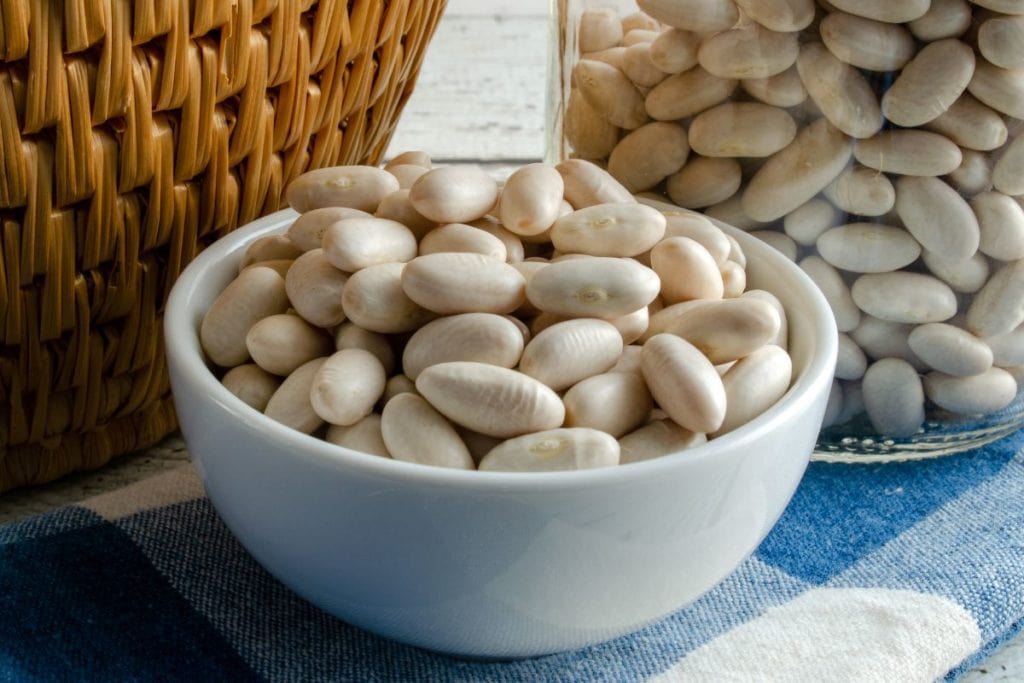
Cannellini beans, or Great Northern beans, are an outstanding option if you are looking for more of an earthy flavor. They can hold their own in meaty dishes where you may be looking to balance out the flavors and bring some subtly to a heavier recipe. With a softer texture than red kidney beans, they can be more easily digested and would be a
perfect option for vegan and vegetarian recipes wanting to increase the protein and fiber of a meal. With their origins in Italy, they are popular in many soups from Italian White Bean to the ever famous and classic Minestrone. Once rinsed thoroughly, they can be cooked to a creamy and fluffy texture.
Are beans, no matter the swap, just not your thing? Don’t worry, we have ideas for you as well. Tofu, riced cauliflower, and quinoa make excellent exchanges in recipes that call for beans or lentils. You can get the nutritional replacements without losing the flavor and texture in a dish. Here are our suggestions and ways to use them.
6. Tofu
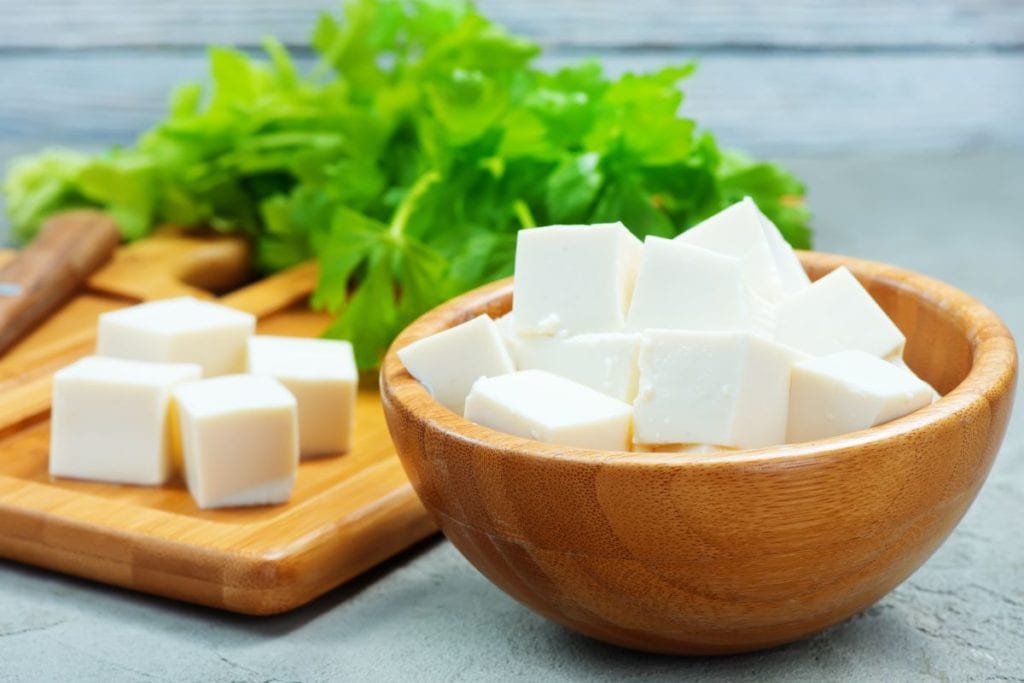
Tofu can scare a lot of people away and make using it in a recipe seem daunting but the trick to using tofu is knowing which one works best in your dish, and seasoning it accordingly. There are two types of tofu, silken and block. Silken tofu is an awesome alternative to using cream in a hearty soup. A smooth texture can be achieved by blending, mashing or pureeing.
Besides soups, it can be added to dips as well, providing a creamy consistency with the added protein and zero saturated fat or cholesterol. Block, or “firm” tofu holds up better in recipes that need the added texture and can withstand the cooking time. It’s recommended that the firm tofu be browned and sauteed before adding to your dish.
7. Riced Cauliflower
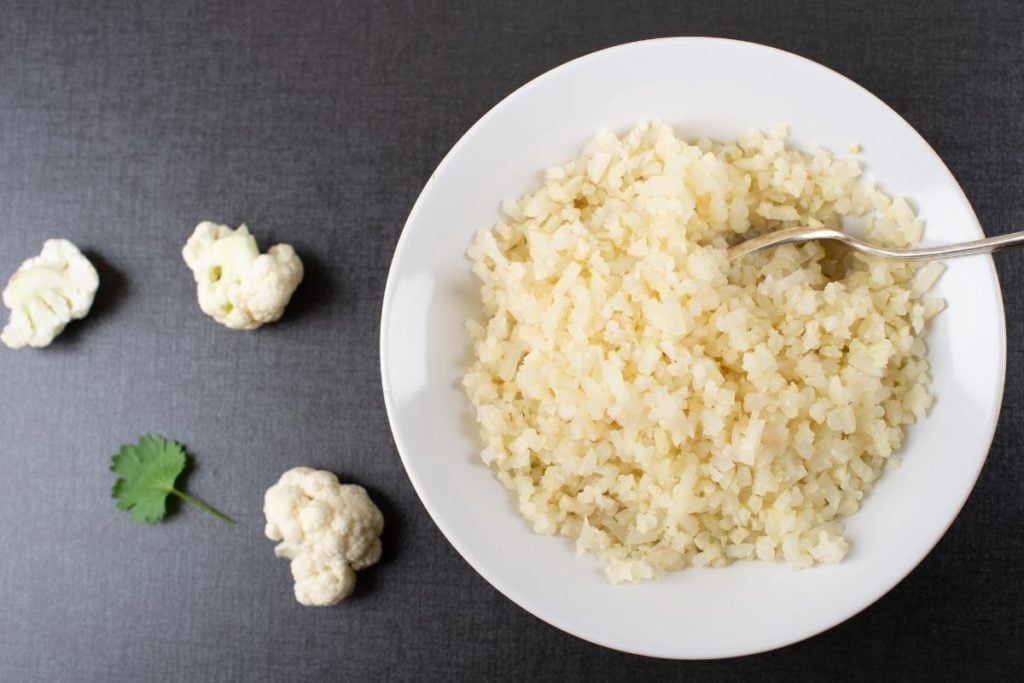
Riced Cauliflower, or just cauliflower in general, has really gained popularity in recent years. It is naturally low in carbohydrates, can be pureed, riced, ground, or cooked as a whole, and is so versatile that swapping it out for beans, or many other ingredients seems approachable to even the most novice of cooks. Again, this swap keeps the protein without any of the added cholesterol. It is high in vitamin C, vitamin b6, and magnesium.
8. Quinoa
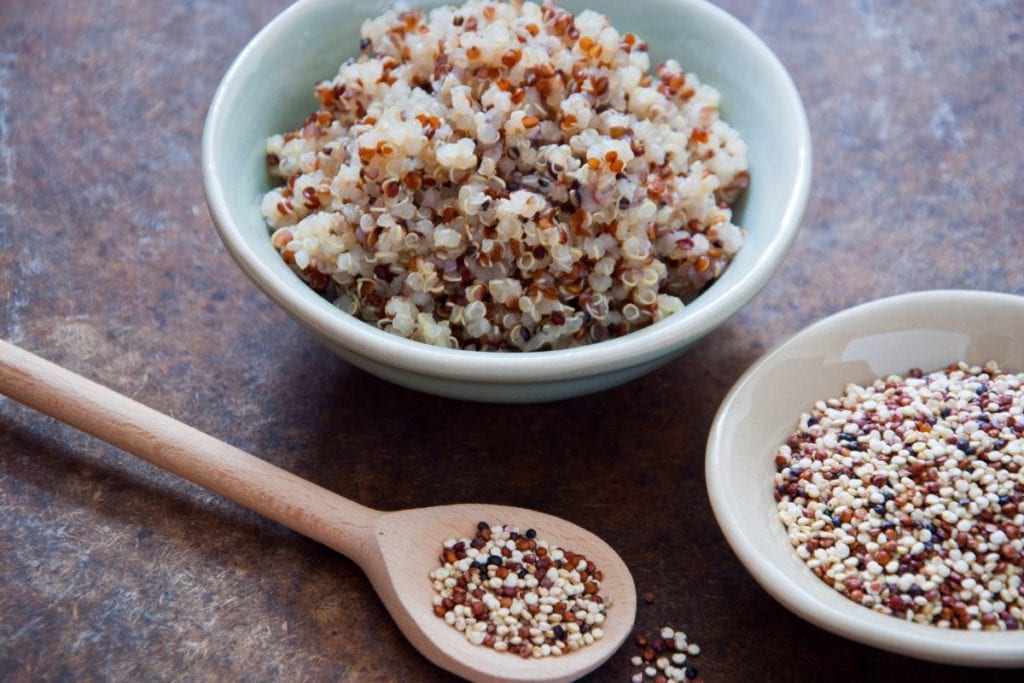
That leaves quinoa, also known as the “perfect protein”. Our readers who focus on a plant based diet are likely quite familiar. Most people consider it a grain, while it’s actually in the amaranth family, thus being a seed that is more closely related to beets and spinach. It has all nine amino acids, its high in fiber, protein and iron. This replacement could be used to replace beans in soups, slow cooker meals, and cold salads. If you are willing to use both, quinoa pairs very well right alongside beans in many dishes.
There is something here for everyone, whether you are looking for ways to make your most used recipes feel fresh again, or were hesitant to try a recipe in the first place, I hope this makes it easier to branch out in ways that feel fun and easy in the kitchen. There is no need to worry about losing nutritional value, or having to recount those micronutrients, we have several excellent options to satisfy what you may need filled in your diet. From our meat eaters, to our plant based protein seekers, there is space for every bean mentioned above to be enjoyed in replacement of, or right alongside your dish of choice. Relax, have fun with it, cooking should be a place to express your creativity without worry.
Thank you for taking the time to read our ideas and suggestions, we hope you learned something today that you can take with you into the kitchen and make your very own. With a peace of mind that you aren’t losing anything in the cooking process or in the flavor department.
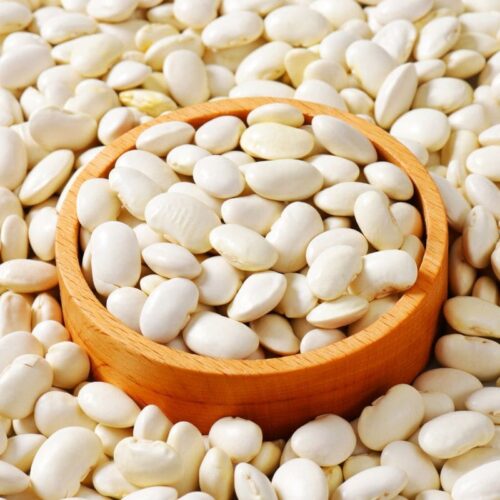
8 Best Lima Bean Substitutes
Ingredients
- Navy Beans
- Red Kidney Beans
- Garbanzo Beans
- Edamame
- Cannellini Beans
- Tofu
- Cauliflower
- Quinoa
Instructions
- From the list of substitutes above, pick your favorite to use in its place.
- Use your imagination and be creative with these substitute recipes!

